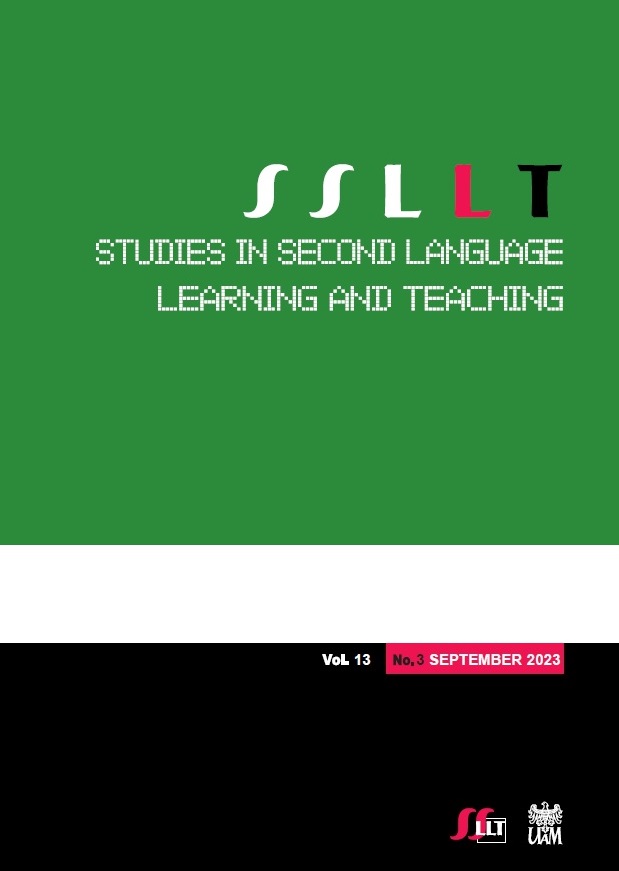How and why can explicit instruction about L1 reduce the negative effects of crosslinguistic influence? Evidence from accuracy and reaction time signatures in L1 comprehension
How and why can explicit instruction about L1 reduce the negative effects of crosslinguistic influence? Evidence from accuracy and reaction time signatures in L1 comprehension
Author(s): Kevin McManusSubject(s): Language and Literature Studies, Foreign languages learning
Published by: Uniwersytet Adama Mickiewicza
Keywords: crosslinguistic influence; instructed second language acquisition; comprehension; processing; first language
Summary/Abstract: This study revisits and extends McManus and Marsden (2019a) to better understand how and why providing additional explicit information (EI) about learners’ first language (L1) alongside EI and comprehension practice in the second language (L2) improved the accuracy, speed, and stability of L2 comprehension of the French Imparfait, a functionally complex and late-acquired target feature. Building on previous L2 research that has provided instruction about L1 without analyzing L1 knowledge/use, the current study examines learners’ item-by-item comprehension of L1 sentences that was completed during the L2 instruction to better understand the learning mechanisms at play in McManus and Marsden’s (2019a) findings. Two groups of English-speaking learners (L2+L1, L2+L1prac; N = 36) received the same EI about aspect in French, followed by comprehension practice of French and English sentences. The L2+L1 group received additional EI about aspect in English. Results showed no impact of the instruction on L1 accuracy in either group, but the speed of L1 comprehension changed over time in the L2+L1 group. It is argued that the L2+L1 instruction directed attention to and clarified crosslinguistic differences in how L2 and L1 express the same meanings, which rendered the L2 practice more effective for noticing Imparfait and developing appropriate strategies for processing L2 forms. Implications for theory-building and instructional design are discussed.
Journal: Studies in Second Language Learning and Teaching
- Issue Year: 13/2023
- Issue No: 3
- Page Range: 507-539
- Page Count: 33
- Language: English

